Category: Scriptures
-

“A messenger sent from the presence of God”
I’ve always been interested in knowing what all Moroni said to Joseph Smith during their first conversation. We have several accounts, both from Joseph Smith himself and from close associates like Oliver Cowdery, Orson Pratt, and Lucy Mack Smith of that visit, but all of them pick and choose what they discuss and all of…
-

“Or, are they all wrong together?”
In this week’s chapter in the Come, Follow Me manual, one of the core areas of discussion is “why are there various accounts of the First Vision?” It’s an opportunity to explore the other accounts of the First Vision in a way that is potentially helpful to members of the Church.[1] The section mentions that:…
-
“By mine own voice or by the voice of my servants”
Doctrine and Covenants section 1 is a fascinating document. Written in late 1831, it would chronologically fall in place right around section 67, but was intended as a preface for the compilation of Joseph Smith’s revelations known as the Book of Commandments. By extension, it later served as the preface for the Doctrine and Covenants.…
-
What are the best resources to accompany your study of the Doctrine and Covenants?
We’re wrapping up the end of a year studying the Book of Mormon (whether at home or with our wards or branches) and soon will be turning our focus to the Doctrine and Covenants. J. Stapley at BCC recently ran a useful post discussing some approaches and resources we can use for studying the Doctrine…
-
Use of the gold plates in Book of Mormon translation accounts
It’s become something of a communis opinio doctorum that Joseph Smith didn’t make use of the gold plates while translating the Book of Mormon.
-
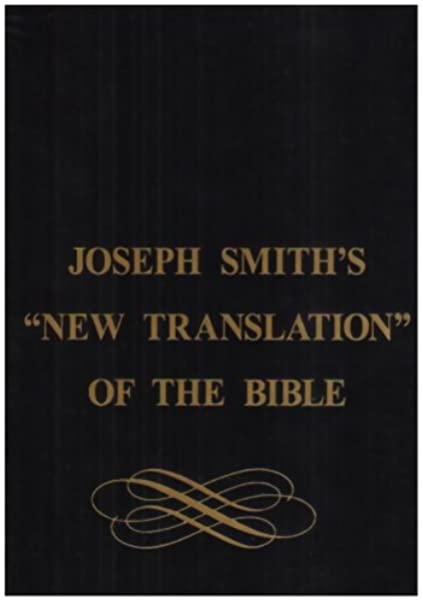
Kent P. Jackson on the Joseph Smith Translation
Joseph Smith’s translation projects have been a hot topic this year. Among many others, earlier this fall we did two posts that discussed the possibility that Joseph Smith relied on the Adam Clarke commentaries for some of the changes he made in the Joseph Smith Translation of the Bible. Recently, Kent P. Jackson (a retired…
-
Pondering on Isaiah and the Abrahamic Covenant
For the past few years, I’ve tried to take some time each year to focus in on a specific subject related to the section of scriptures covered in Sunday School. Last year, for example, I tried to scratch the surface of understanding Paul in the New Testament and look at some of how scholars approach…
-

Concealment and divine prohibition in Book of Mormon translation accounts
A common motif in accounts of the translation of the Book of Mormon is how others beside Joseph Smith were forbidden, prevented, or to the contrary permitted to view the gold plates, the interpreters or the translation process.
-
A Soft Closing for the End of the World
Let it be said first off that I am a last days cynic. It’s not that I think many current ideas of apocalypticism are weird (I mean, I don’t just think they’re weird). I just really hate them. This is likely partly due to growing up in the 90’s right when apocalyptic fervor was still…
-
Terryl Givens on 2nd Nephi
Terryl Givens—one of the foremost Latter-day Saint authors, theologians, and apologists of our time—recently penned a short volume on 2nd Nephi as part of the brief theological introductions to the Book of Mormon series the Maxwell Institute has been publishing this year. I wrote a review of the book earlier this year, but recently Kurt…
-
Moroni and Pahoran; Revelation and Humility
The scriptures are replete with examples telling us to seek out personal revelation and use scriptural precedent and principles to guide our decisions. Anyone who has sincerely tried to do this over an extended period of time knows that it is easier said than done. How do we distinguish the guidance of the Spirit from…
-

How the Book of Mormon was translated: a proposal
I propose that there is a continuity of method connecting Joseph Smith’s translations of ancient texts, from the Book of Mormon to his encounter with the Kinderhook plates, and that this method was both expansive and linguistic.
-
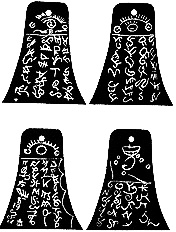
Learning from Kinderhook
Don Bradley and Mark Ashurst-McGee have published the definitive account of Joseph Smith’s 1843 encounter with the Kinderhook plates.
-
Interpreters, visions and seer stones
The Interpreter has recently published two reviews of William L. Davis’ Visions in a Seer Stone. The two reviews, by Brant Gardner and Brian Hales, exemplify what I think are positive trends in Latter-day Saint contributions to Mormon Studies.
-
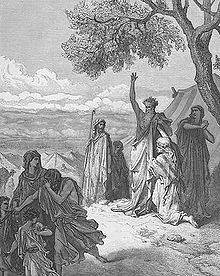
Reconsidering the Curse of Ham
In a candid moment in January 1858, an early Church leader named Zerah Pulsipher told his family that: “Most of you are young therefore you have the advantage of me because [yo]u have less Gentile Traditions to over com[e].”[1] This is an interesting observation from Pulsipher—all of the early Church members (including leaders) were converts…
-
Nephi and the Garden Tower: A Children’s Play
This week’s Come, Follow Me lesson covers the story of Nephi praying on a tower in his garden, drawing a crowd, and revealing facts about the murder of the chief judge that he could only know through revelation. As I read the lesson, I felt like the story was highly dramatic! So, for my family,…
-

Thoughts on the Gold Plates
We round out the 10 questions interview series on Joseph Smith’s translation with a discussion between Richard L. Bushman and Kurt Manwaring about the gold plates. We’ve had a good run of interviews with scholars who have worked hard to examine the essential historical records surrounding Joseph Smith’s translation projects in order to find a…
-
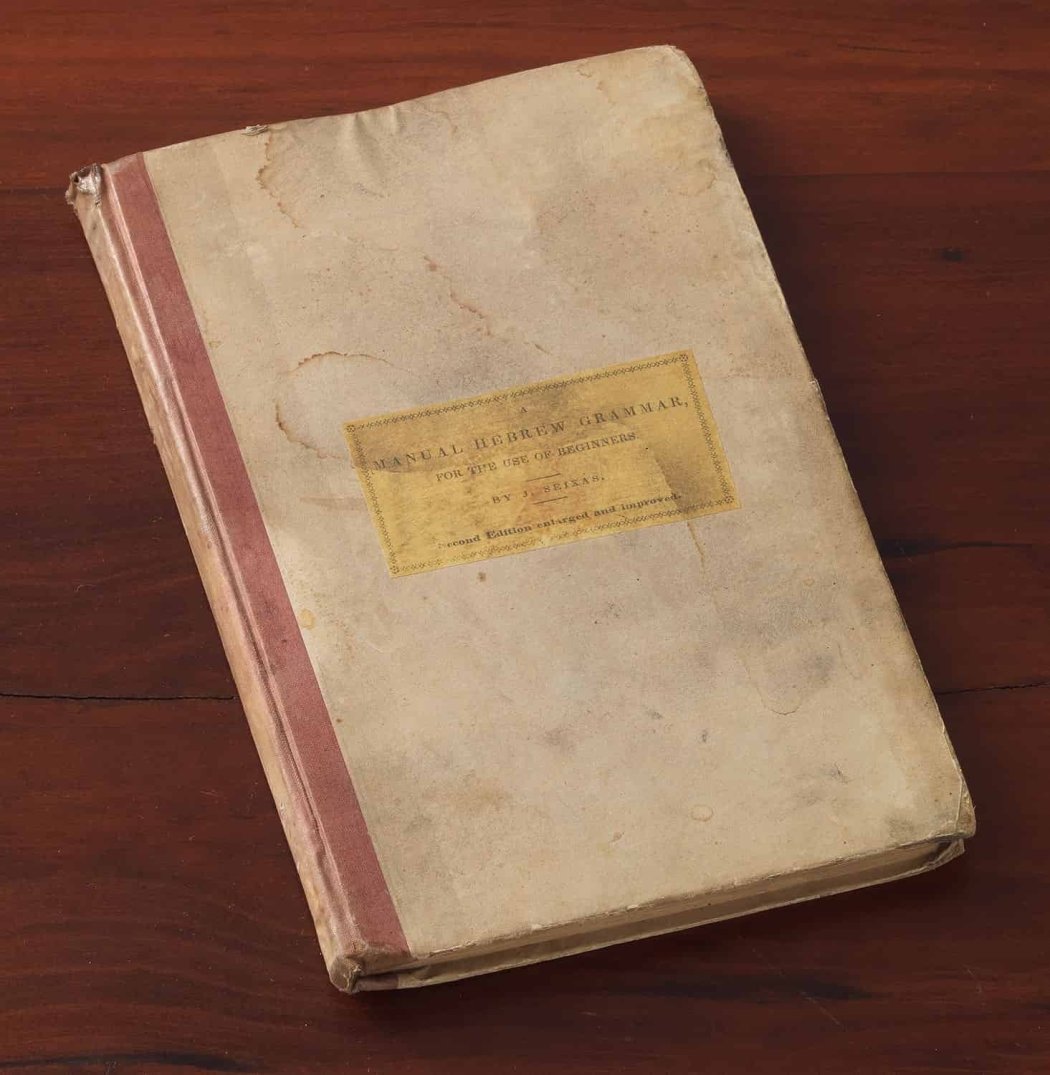
Hebrew Studies and the Book of Abraham
We’re continuing our discussion of Joseph Smith’s translations and the recently-released volume Producing Ancient Scripture today, turning to the Book of Abraham in an interview with Matthew Grey. This is a co-post to Kurt Manwaring’s interview with Matthew Grey, where he discusses his research about the ways in which Joseph Smith’s study of Hebrew affected…
-

Translation and the Adam Clarke Commentary
Kurt Manwaring has continued his interviews focusing on Joseph Smith’s translations with a discussion with Thomas Wayment about the Joseph Smith Translation of the Bible. In the interview last week, some of the editors of recently-published volume Producing Ancient Scripture made a point of discussing the findings of Thomas Wayment and Hayley Wilson-Lemmón about the…
-
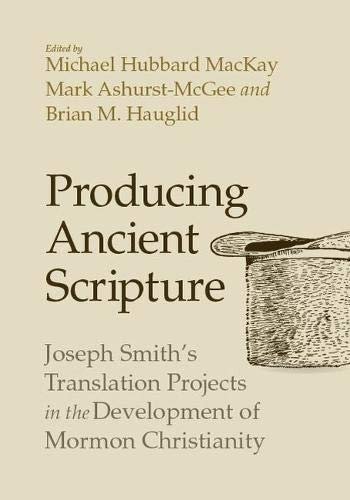
Joseph Smith’s Studies and Translations
It has been a big year for volumes that discuss Joseph Smith’s translation projects, with contributions ranging from Terryl Givens and Brian Hauglid’s The Pearl of Great Price: Mormonism’s Most Controversial Scripture last October, to William L. Davis’s Visions in a Seer Stone: Joseph Smith and the Making of the Book of Mormon this April,…
-

Reconsidering the Curse of Cain
Eugene England once shared an experience he had with the prominent Latter-day Saint Church leader, scriptorian, and doctrinaire Joseph Fielding Smith. President Smith had written extensively on the subject of the priesthood and temple ban against individuals of black African ancestry, offering rationales for the ban that have since been disavowed by the Church. During…
-

The Metaphysics of Translation
Understanding the nature of Joseph Smith’s translation efforts is an important part of understanding his ministry and the religions that have emerged from the early Latter Day Saint movement. Whether the Book of Mormon, the Joseph Smith Translation of the Bible, the Book of Abraham, or (as some might argue) the temple endowment ceremony, his…
-

A Small and Simple Quote
As I’ve been studying the “Come, Follow Me” material lately and talking about it with family, I’ve had a quote from Michael Crichton’s book Jurassic Park come to mind a few times. There are a few statements in this section of Alma that have brought it to mind. The first is found in Amulek’s words…
-
Notes on Book of Mormon Philology. Vb4. The utility of philology: Jacob and Sherem
Imagining the Book of Mormon as a complex work reflecting numerous steps of compilation and abridgment helps explain some curious features of the encounter with Sherem in Jacob 7.
-
Notes on Book of Mormon Philology. Vb2-3. The utility of philology: Nephite origins
Thinking of the Book of Mormon as the result of a series of textual accretions and combinations might help make sense of how curiously overdetermined the account of Nephite origins is.
-
Notes on Book of Mormon Philology. V.The permissibility and utility of philology for studying the Book of Mormon
Is philological deliberation useful for studying the Book of Mormon? Is it even permitted?
-
Notes on Book of Mormon Philology. IV. The Puzzle of 3 Nephi
Why is 3 Nephi, which records the central event in the history of Nephite salvation and destruction, located between Helaman and 4 Nephi?
-
Notes on Book of Mormon Philology. IIIc. The source structure of the Book of Mormon
If you trace the history of a text from earlier manuscripts to later ones, it’s not unusual for the text to be extended in various ways.
-

A Lake of Fire and the Problem of Evil
I remember talking to an atheist on the riverfront walk in Dubuque, Iowa one day while serving my mission. He told my companion and me that he couldn’t believe in God after some of the things he had seen, and went on to describe (in a fair amount of gruesome detail) visiting a Catholic church…
-
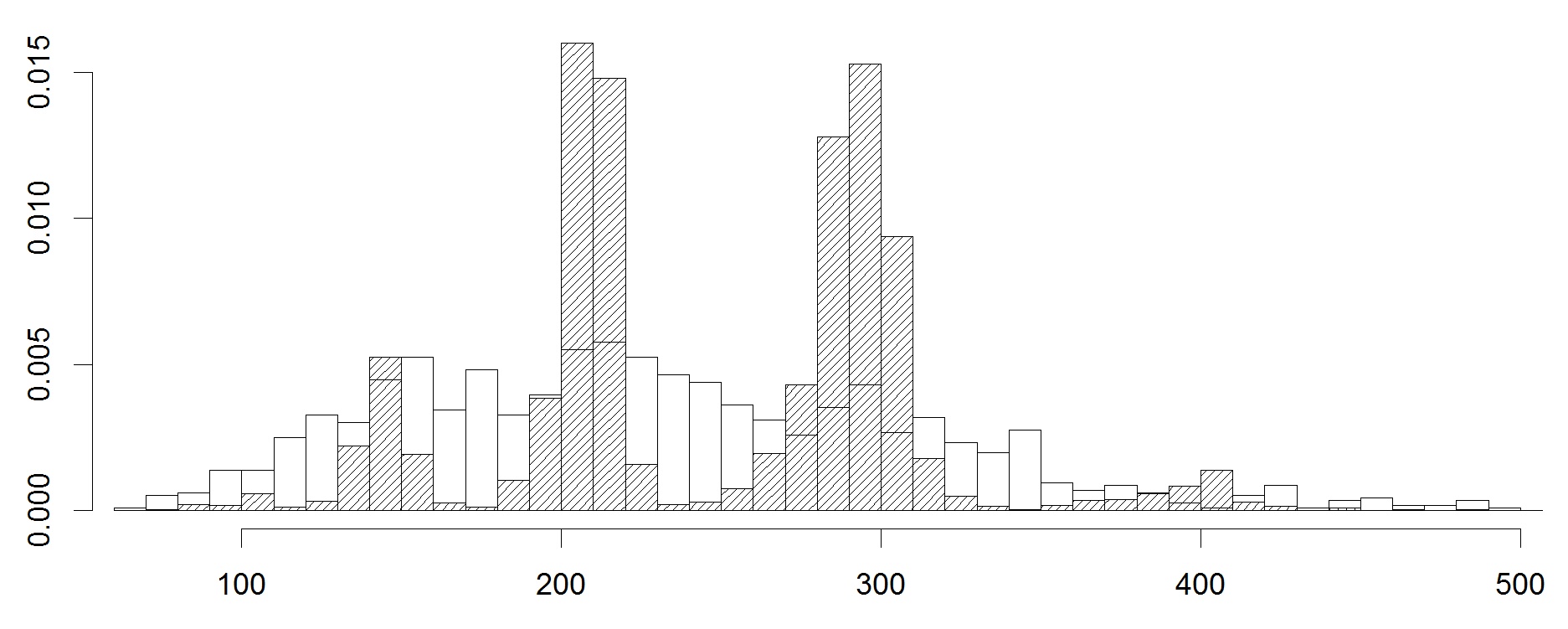
Notes on Book of Mormon Philology. IIIb note 1. A note on the uniformity of the Golden Plates
Mark Ashurst-McGee asks about the uniformity of the Golden Plates in eyewitness accounts, even though they contain both Mormon’s abridgement and Nephi’s small plates, and this is in fact genuinely weird.
